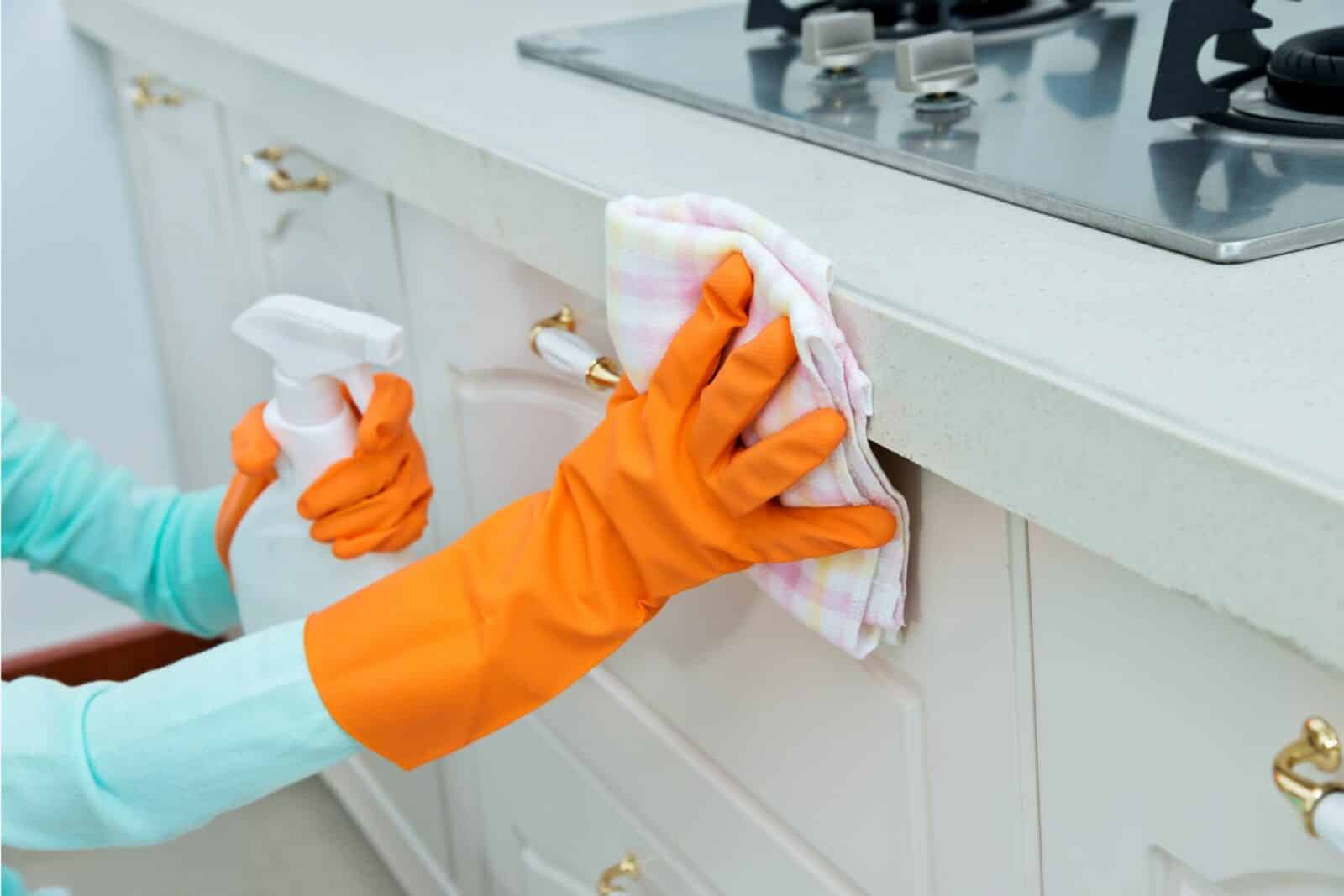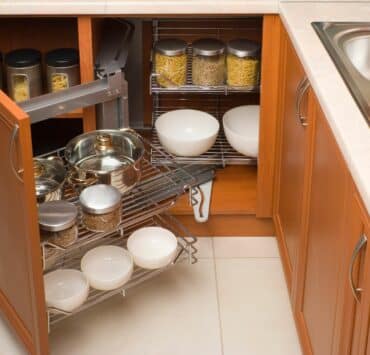Embarking on a journey to maintain a clean and tidy kitchen? Start with the heart of your culinary space—your kitchen cabinets. In this comprehensive guide, we’ll unveil the best practices to achieve sparkling clean cabinets that not only look good but also contribute to a healthy cooking atmosphere.
How to Clean Kitchen Cabinets: Step-by-Step Guide
1. Gather Your Cleaning Arsenal
Before diving in, assemble your cleaning supplies. You’ll need a mild dish soap, warm water, microfiber cloths, a soft-bristle brush, and a gentle all-purpose cleaner.
2. Remove Cabinet Contents
Start by emptying your cabinets. This not only makes the cleaning process more accessible but also allows you to declutter and reorganize your kitchen essentials.
3. Dust and Debris Be Gone
Using a soft-bristle brush or a microfiber cloth, gently remove any dust or debris from the cabinet surfaces. Pay special attention to corners and crevices.
4. Tackle Grease and Grime
For stubborn grease or grime, mix a few drops of dish soap with warm water. Dip a microfiber cloth into the soapy solution and wipe down cabinet exteriors. For intricate details, use a soft-bristle brush.
5. All-Purpose Cleaner for Tough Stains
For persistent stains, apply a gentle all-purpose cleaner. Ensure the cleaner is suitable for your cabinet material, and follow the manufacturer’s instructions.
6. Wipe Down Interiors
Don’t forget to clean the interior shelves and surfaces. Use the same soapy solution or a mild vinegar and water mixture for a natural touch.
7. Glass and Metal Care
If your cabinets have glass fronts or metal handles, clean them with a glass cleaner or a solution of equal parts vinegar and water. Polish with a dry cloth for a streak-free finish.
8. Address Lingering Odors
To eliminate any lingering odors, place an open box of baking soda or a bowl of activated charcoal inside the cabinet. This absorbs unpleasant smells, leaving your cabinets smelling fresh.
9. Condition Wooden Cabinets
For wooden cabinets, apply a furniture polish or a mixture of olive oil and white vinegar. This not only cleans but also nourishes the wood, keeping it in top condition.
10. Final Touch: Reorganize and Admire
Once your cabinets are dry, reorganize the contents thoughtfully. Admire the gleaming results of your cleaning efforts and enjoy the renewed beauty of your kitchen cabinets.
Frequently Asked Questions (FAQs)
Q: Can I use a strong chemical cleaner on my cabinets?
It’s best to avoid harsh chemicals, as they can damage cabinet finishes. Stick to mild soaps and gentle cleaners for optimal results.
Q: How often should I clean my kitchen cabinets?
A thorough cleaning every few months is usually sufficient. However, spot cleaning for spills or stains should be done as needed.
Q: Are there specific cleaning methods for different cabinet materials?
Yes, each material requires specific care. Refer to the manufacturer’s guidelines or consult a professional for tailored advice.
Q: Can I use the same cleaning method for painted and unpainted cabinets?
While the general cleaning steps are similar, painted cabinets may require extra care to prevent damage to the paint finish.
Q: What’s the best way to prevent future stains on cabinets?
Regularly wipe down cabinets after cooking to prevent grease buildup. Consider using cabinet liners for an added layer of protection.
Q: Is it necessary to remove cabinet hardware when cleaning?
It’s advisable to remove hardware if possible. If not, clean around handles and knobs with extra care to ensure a thorough clean.
Conclusion
Maintaining clean kitchen cabinets is a simple yet impactful way to enhance the overall look and hygiene of your kitchen. Follow these steps, and you’ll not only achieve spotless cabinets but also contribute to a healthier cooking environment.








